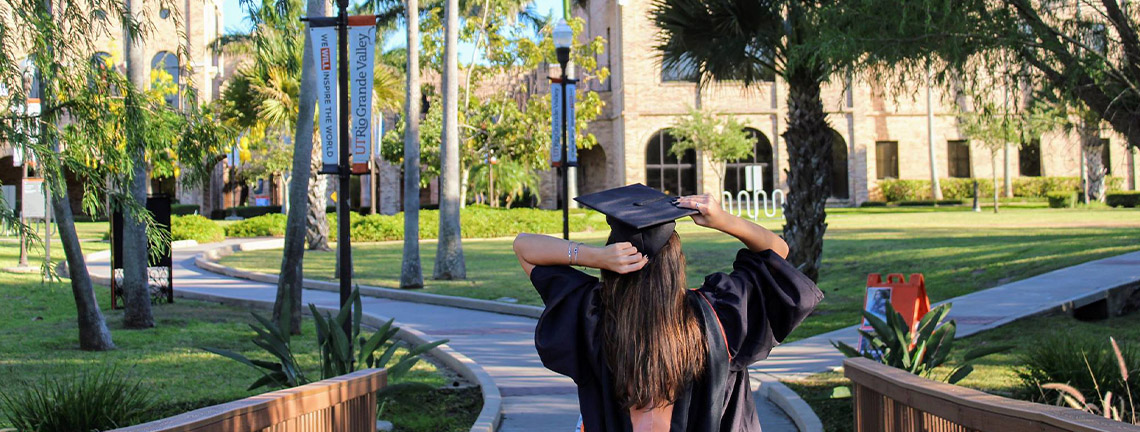
Theses and Dissertations
Date of Award
12-2022
Document Type
Thesis
Degree Name
Master of Science (MS)
Department
Manufacturing Engineering
First Advisor
Dr. Farid Ahmed
Second Advisor
Dr. Jianzhi Li
Third Advisor
Dr. Ali Ashraf
Abstract
Conductive patterns can be printed on a flexible polymer substrate using the direct laser writing (DLW) method. In order to write conductive circuits in such polymer using a laser, polyimide (PI) is a desirable material choice due to its electrical, chemical, and mechanical properties. Electrically non-conductive PI has shown great potential for flexible printed electronics as LDW enables selective carbonization in the bulk of such material leading to the formation of conductive lines. The technique is shown to be a rapid and minimal cost method for printing electrodes to nanoscale devices. However, investigations in this field show several limitations to this strategy, such as the limited conductivity of written structures and the brittleness of carbonized PI. Therefore, more research is required to overcome those limitations and reap the benefits of the LDW approach in writing flexible electronic circuits in PI. This proposed study explores potential approaches to boost the electrical conductivity of laser written bulk carbon structures in PI films. To increase the conductivity of the carbon structure, the deposition of laser energy was adjusted by adjusting critical process parameters such as pulse energy, pulse repetition rate, and laser scan hatch distance. The experimental results demonstrate that the conductivity of carbon structures in PI films is a significant determinant of laser energy deposition. The deposition of laser energy is the most important factor as energy over the threshold level damages the film while energy below the threshold level cannot produce carbon structure properly. In order to further increase the electrical conductivity of laser written structures, the potential of a composite film made of silver strands and PI was examined, followed by laser carbonization. Two different laser systems were used to find out the better setup for the carbonization process. Findings show a trend of improvement of conductivity of the carbonized pattern with a percentage of silver strands. The proposed LDW of conductive lines has potential in flexible electronic circuits and sensing applications.
Recommended Citation
Biswas, I. J. (2022). Ultrafast Laser Direct Writing of Conductive Patterns on Modified Polyimide Film for Flexible Electronic Applications [Master's thesis, The University of Texas Rio Grande Valley]. ScholarWorks @ UTRGV. https://scholarworks.utrgv.edu/etd/1125


Comments
Copyright 2022 Ishrat Jahan Biswas. All Rights Reserved.
https://go.openathens.net/redirector/utrgv.edu?url=https://www.proquest.com/dissertations-theses/ultrafast-laser-direct-writing-conductive/docview/2801861462/se-2?accountid=7119